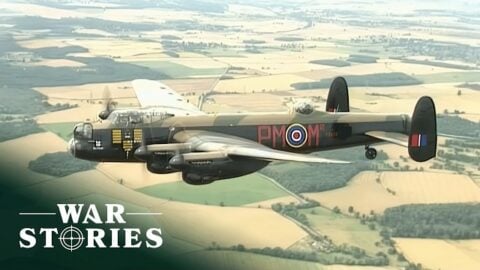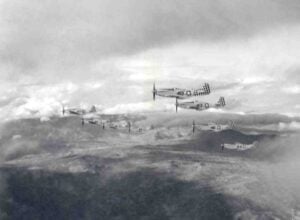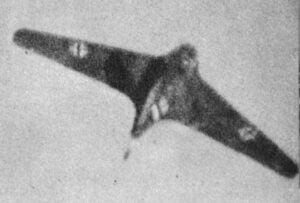The Deadliest Bombers Of WW2

YouTube / War Stories
Step back into the skies of World War II and explore the famous bombers that helped shape history. These aircraft were more than just machines- they stood for power, innovation, and courage. From the strong Avro Lancaster and advanced B-29 Superfortress to Germany’s versatile Junkers Ju 88 and fearsome Ju 87 Stuka, each had its own story of skill and endurance. Discover how their smart designs, reliability, and even a bit of luck made them true legends of the air and changed the future of aerial warfare forever.
Avro Lancaster
The Avro Lancaster was designed to meet the need for a heavy bomber capable of carrying large loads over long distances. It evolved from the Avro Manchester, a twin-engine bomber that was underpowered and unreliable. To fix these issues, Avro’s chief designer, Roy Chadwick, redesigned it with four Rolls-Royce Merlin engines. The result was the Avro Lancaster, a powerful, fast, and long-range bomber capable of handling the toughest missions of World War II.
Introduced in 1942, the Lancaster quickly proved its value. It could carry up to 22,000 pounds of bombs, including the massive “Grand Slam,” and was used in everything from major bombing raids to special missions. By the end of World War II, more than 7,300 Avro Lancasters had been built. They flew over 156,000 missions and dropped more than 608,000 tons of bombs. The Lancaster played a major role in the Allied victory, but that success came at a heavy price. Nearly half of all Lancasters were lost in action, and their crews faced incredible danger every time they took to the skies.
B-29 Superfortress
The B-29 was a four-engine heavy bomber built by Boeing for the U.S. Army Air Forces during World War II. First flown in September 1942, it was the most advanced bomber of its time. It featured a pressurized cabin, remote-controlled gun turrets, and an electronic fire-control system. A total of 3,970 B-29s were built by Boeing, Bell, and Martin, with production ending in 1946.
The B-29’s long range and high performance made it vital for bombing missions over Japan in 1944 and 1945. Two specially modified B-29s dropped the atomic bombs on Hiroshima and Nagasaki in August 1945, helping to end the war in the Pacific.
After World War II, the B-29 remained in service through the Korean War and took on new roles such as patrol, refueling, weather observation, and rescue missions. Some were used as “motherships” for experimental aircraft, including Chuck Yeager’s record-breaking Bell X-1 flight. The design later evolved into the improved B-50, introduced in 1947.
Junkers Ju 88
The Ju 88 was one of Germany’s most versatile aircraft of World War II. So adaptable, it earned the nickname “the German Mosquito.” Much like the British de Havilland Mosquito, this twin-engine warplane could do it all.
Originally built as a fast bomber, it excelled in low-altitude attacks and shallow dive missions, but it also proved effective as a night fighter, torpedo bomber, and reconnaissance aircraft. Between 1939 and 1945, nearly 15,000 Ju 88s were produced in a wide range of versions, making it one of the most widely used aircraft of the war.
Ju 87 Stuka
The Junkers Ju 87 “Stuka” was a two-seat German dive-bomber used across multiple fronts during World War II. Recognizable by its unique angled wings, the Stuka became a symbol of Germany’s early blitzkrieg (“lightning war”) tactics, delivering precise bombing support for advancing ground forces. Stukas played a key role in Germany’s blitzkrieg attacks on Poland, Norway, the Low Countries, and France in the first year of World War II. They acted like flying artillery, dropping bombs with precision to destroy enemy defenses, artillery, supply lines, and transport networks. Working alongside fast-moving tanks, Stukas caused chaos behind the front lines.
Their terrifying dive-bombing scream came from a built-in device that funneled air through small openings, adding a psychological edge to their attacks. However, its slow speed and limited maneuverability made it vulnerable to faster enemy fighters, so it was later used mainly against stationary targets where the Luftwaffe controlled the skies.




















